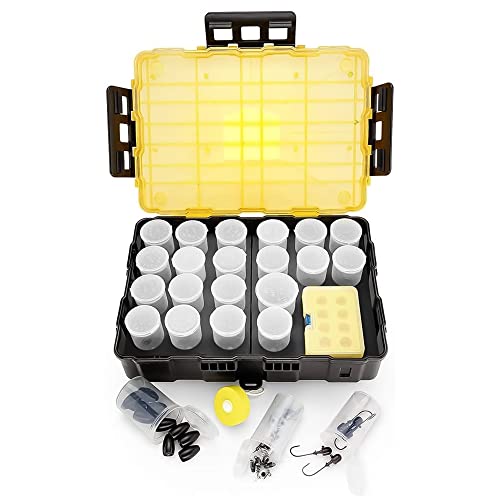Shoedawg
Well-known member
The wheel wells. I had a difficult time painting these, and ran into a few problems trying to get the paint to stick evenly.

A close up of one of the wheel wells.

The steps with primer.

And the steps painted black. The white wheel wells go between them. Hope the trailer turns out like I pictured in my mind with the play on color contrasts. And yes, I did mask up the diamond plates with painters tape.


The wheels all done. I painted both sides to protect them and masked the area where the tires go. Didn't see a reason to paint the rim area, since the tires should protect it. Didn't see any corrosion when I had the tires removed, so it should be good to go. Plus it saved me painting time.

And finally the axle. She turned out really good.
With primer.

All painted and DONE!!




A close up of one of the wheel wells.

The steps with primer.

And the steps painted black. The white wheel wells go between them. Hope the trailer turns out like I pictured in my mind with the play on color contrasts. And yes, I did mask up the diamond plates with painters tape.


The wheels all done. I painted both sides to protect them and masked the area where the tires go. Didn't see a reason to paint the rim area, since the tires should protect it. Didn't see any corrosion when I had the tires removed, so it should be good to go. Plus it saved me painting time.

And finally the axle. She turned out really good.
With primer.

All painted and DONE!!
































































































































































